Najas L.
naiad, water nymph
Hydrocharitaceae
Blyxa, Chara, Heteranthera, Lagarosiphon, Nechamandra, Potamogeton
cosmopolitancosmopolitan:
(adj) essentially worldwide in distribution
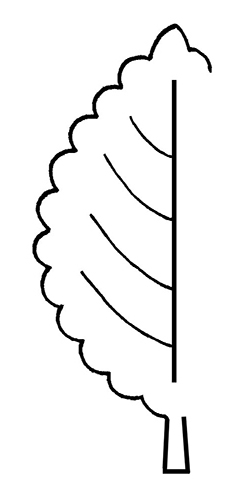
Najas conferta (A. Braun) A. Braun
N. graminea Delile
N. guadalupensis (Spreng.) Magnus
N. indica (Willd.) Cham.
N. marina L.
Najas gracillima (A.Braun ex Engelm.) Magnus is introduced into Europe.
N. graminea, N. marina, and N. minor All. have been introduced into numerous countries.
Najas graminea and N. marina are troublesome weeds in irrigation canals in numerous countries.
submersedsubmersed:
see submerged
 , much-branched stem plantstem plant:
, much-branched stem plantstem plant:
(n) (a term used in the aquarium and pond plant trade) having an elongate stem (as opposed to a compact stem)

Perennialperennial:
(adj) (of a plant) having a life cycle of more than two years
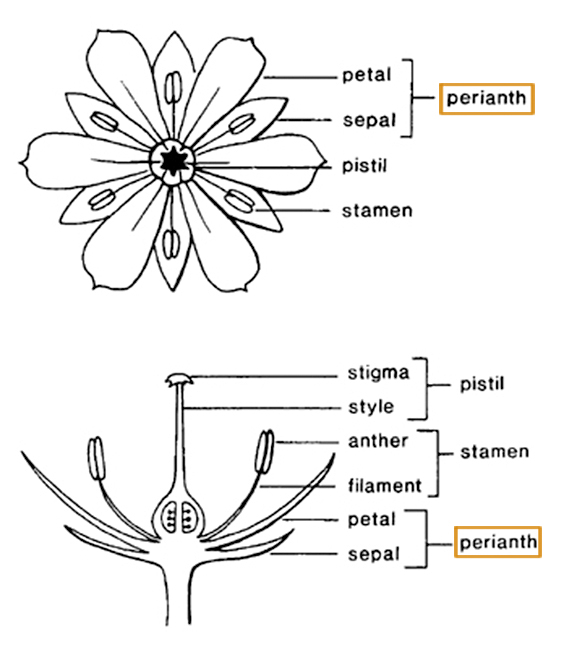 or annual, obligate submergedsubmerged:
or annual, obligate submergedsubmerged:
(adj) (syn. submersed) under water; submerged below the water surface
 , attached. Monoeciousmonoecious:
, attached. Monoeciousmonoecious:
(adj) having separate male and female flowers on the same individual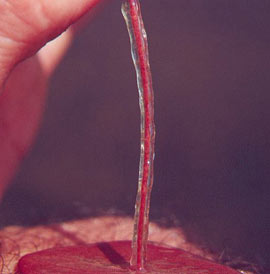 or dioeciousdioecious:
or dioeciousdioecious:
(adj) having separate male and female flowers on different individuals of the same species
 . Stems slender, much-branched. Leaves alternatealternate:
. Stems slender, much-branched. Leaves alternatealternate:
(adj) (of leaves) bearing one leaf per node; placed singly on the stem at different heights
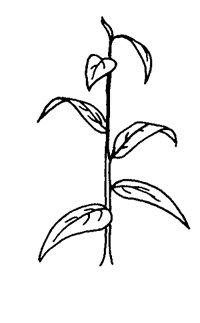 , appearing whorledwhorled:
, appearing whorledwhorled:
(n) bearing whorls; a type of leaf arrangement (phyllotaxis) in which leaves are in whorls
 or clustered, linear; base with distinctive dilated sheath; marginmargin:
or clustered, linear; base with distinctive dilated sheath; marginmargin:
(n) edge; rim
 serrateserrate:
serrateserrate:
(adj) (of a leaf margin) bearing sharp teeth pointing forward or to the apex
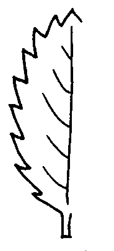 to toothed. Inflorescenceinflorescence:
to toothed. Inflorescenceinflorescence:
(n) the arrangement of flowers on the floral axis
 inconspicuous. Flowers axillaryaxillary:
inconspicuous. Flowers axillaryaxillary:
(adj) in, of, or produced from an axil
 , solitary or clustered, sessilesessile:
, solitary or clustered, sessilesessile:
(adj) attached directly, without a stalk
 , unisexualunisexual:
, unisexualunisexual:
(adj) (of a flower) with either stamens (male) or pistils (female) but not both; consisting of only male or female flowers
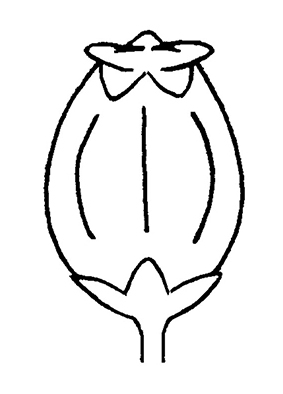 . Dispersal by stem fragments or seed.
. Dispersal by stem fragments or seed.
all types of water bodies
Najas are slender plants, often brittle and frequently forming large monoclonal stands. The genus contains 38 accepted species plus some subspecies worldwide and is occasionally cultivated for aquaria. Previously placed in its own family, Najadaceae, but more recently placed in Hydrocharitaceae based on phylogenetic evidence.